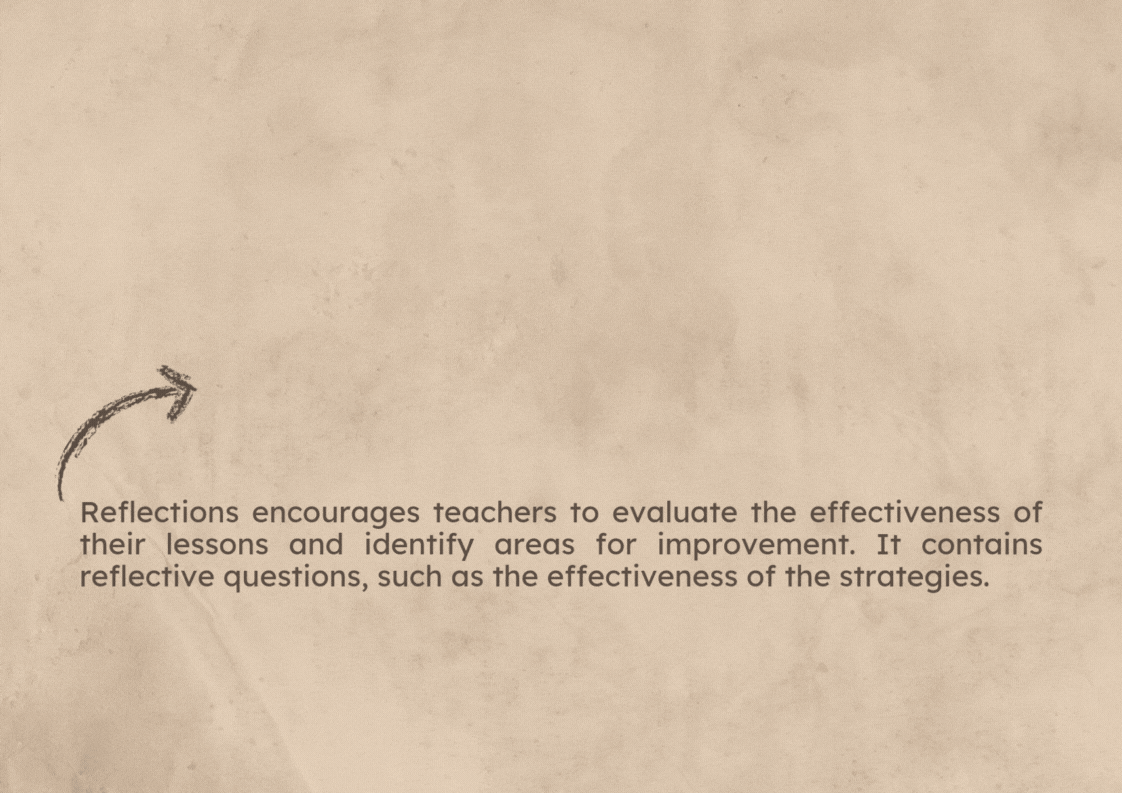
Teaching Plan
In this page, you are to see the curriculum I utilized as well as the teaching plan I created which guided me in my success in teaching demonstrations.
.png)
Currriculum
Curriculum guides are documents used by schools to guide teachers through their instruction. It gives teachers a list and scope of what to teach and when.
.png)
Competencies
Teachers must organize teaching and learning activities by using their knowledge of subject matter to organize teaching and learning activities by training students to gain knowledge, understanding, and develop 5 important student competencies:
.png)
The goal of their curriculum is to learn the foreign language (English) given that it is the language used to communicate to foreigners to create understanding and relationships. Their curriculum is used to seek knowledge and experience from various sources of learning to develop knowledge to keep up with social changes and advances in science and technology, as well as to apply it to higher education and career development. They have a learning management plan for Foreign Language (English) which is a learning group that learners must have knowledge in the 21st century to develop learners into individuals who are continuous learners throughout their lives. It is teaching and learning to develop all learners according to knowledge that is not limited to learning only in the classroom.

.png)
.png)
.png)
Their principle of activity design has integrated characteristics in the learning management plan that takes into account characteristics that focus on learners to learn and have language skills after learning, in line with the goals of the learning unit, have a good attitude towards the nation, religion, and the monarchy, and have a volunteer spirit.
The learning management plan for the Foreign Languages (English) subject group suggests the following activities:
.png)
Pre-learning activities
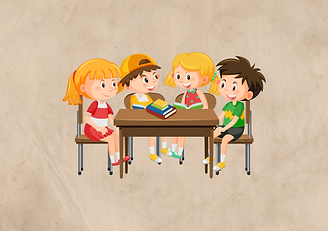.png)
Group activities
.png)
Whole Class Activities
.png)
Pairing activities
.png)
Small group activities
.png)
Individual work and individual research activities
.png)
Planning
A lesson cannot be successfully completed without careful and meticulous planning.
Planning is one of the most important things a teacher should consider allocating more time and effort to. Not only does it result in proper and successful teaching implementation, but it also aids in problem prevention and disruption reduction.
When planning my lesson, I considered many factors, including the most effective strategy, the learners' context, their prior knowledge, the development of connection, and, most importantly, the language barrier, which I consider to be the most difficult part. However, with enough time to think, I was able to develop a good plan.
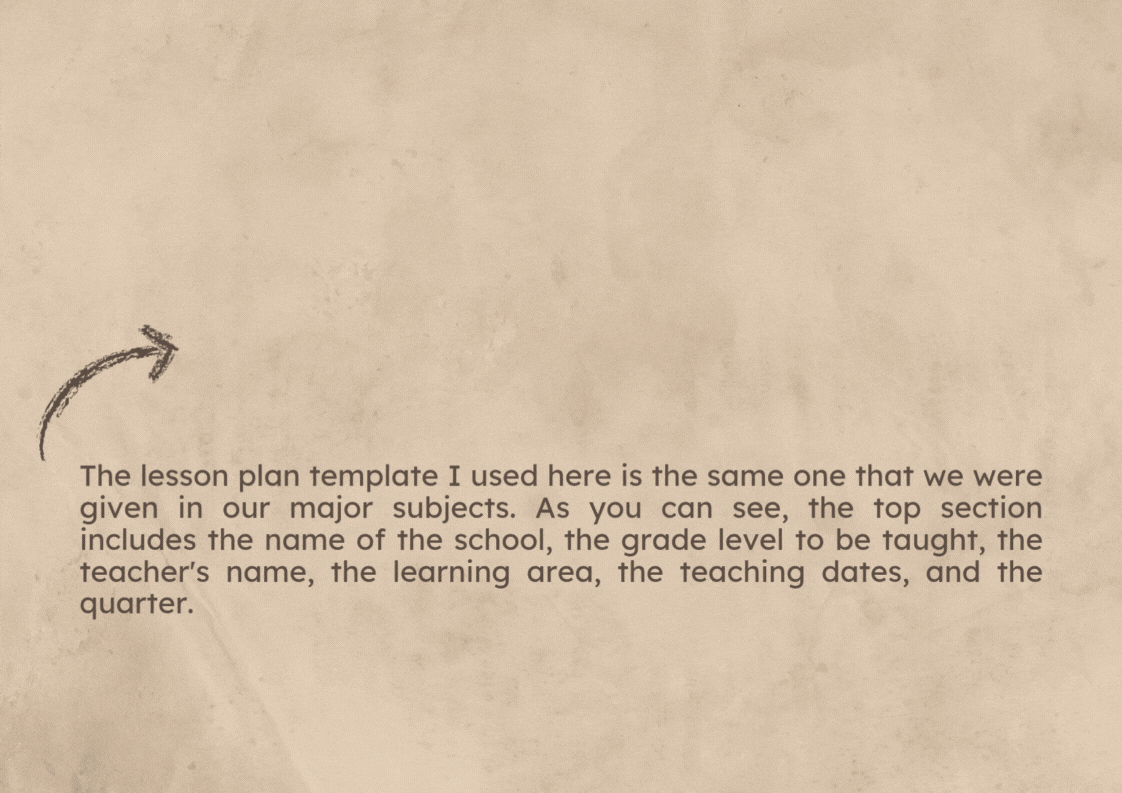


In both of my lesson plans, my subject to teach is English given that this is the only subject we are allowed to teach since all of their other subjects are being taught in Thai.
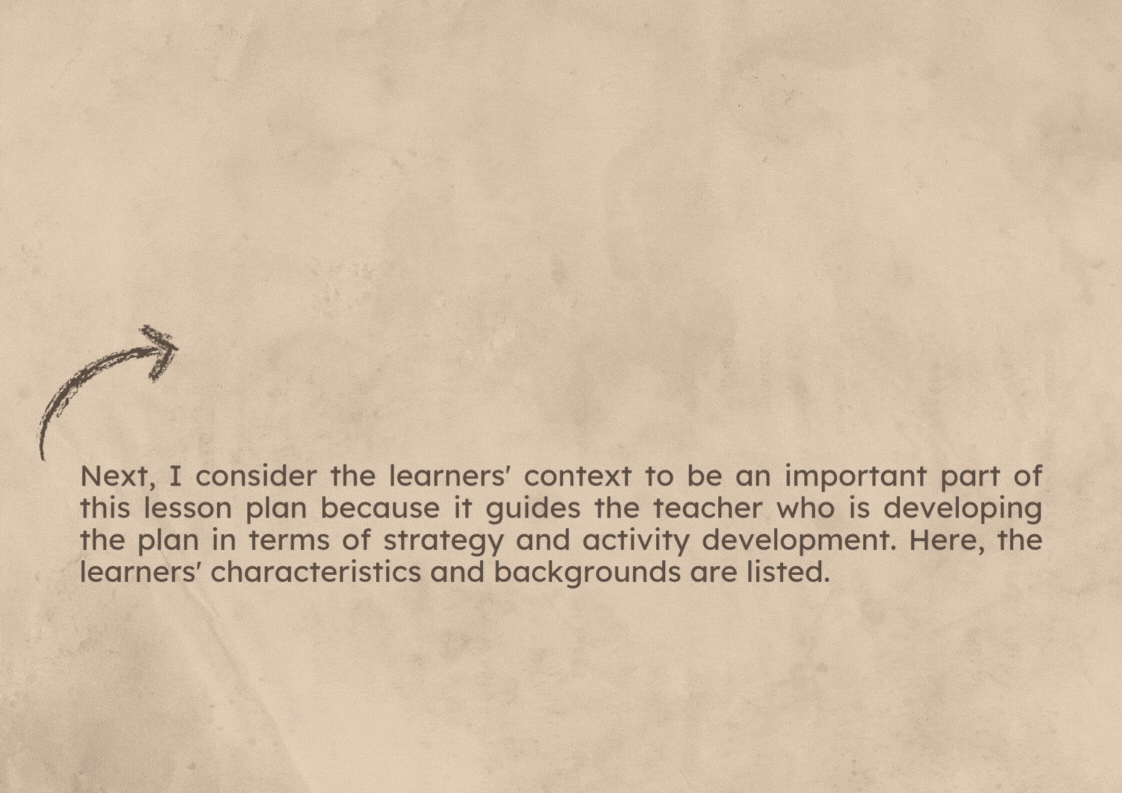

In my first LP, I include the learners' backgrounds such as being Thai, their age range, being audiovisual learners, their native language (Thai), their level of English knowledge, and how beneficial technology is for their learning.

My second lesson plan includes the same learner background because I handled the same students.
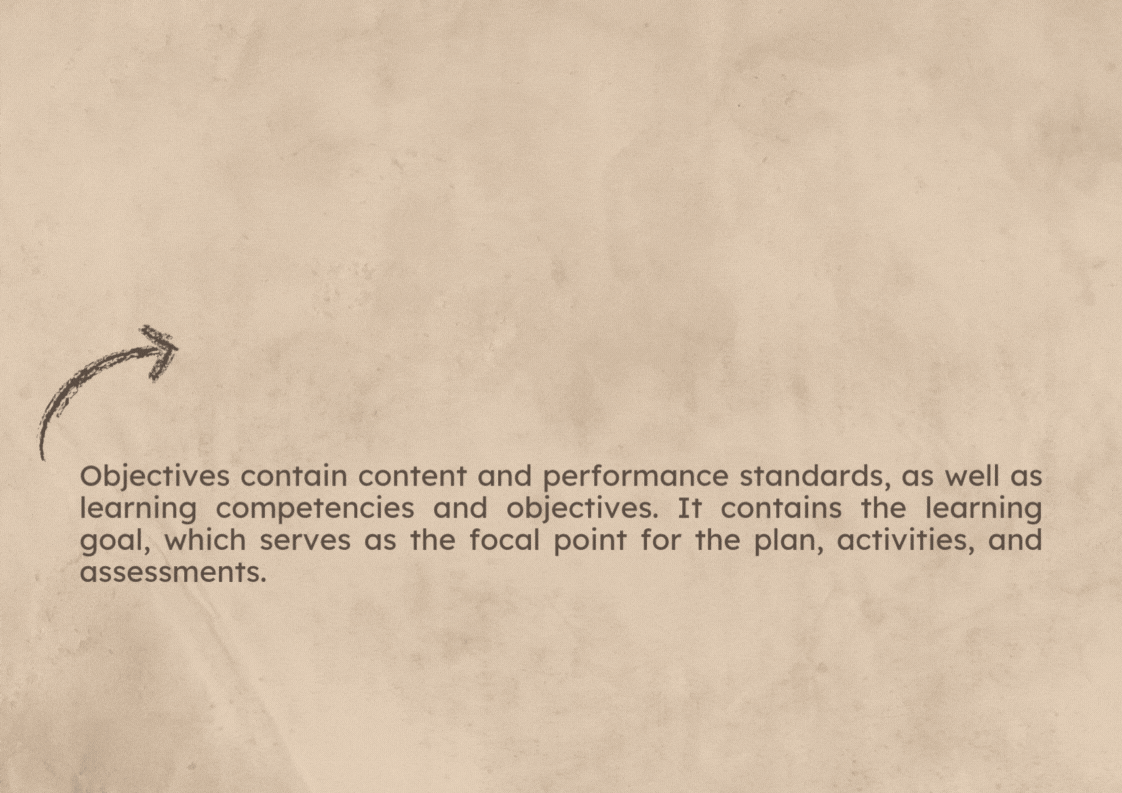
Given that their curriculum guide is written in Thai, I was unable to translate the content and performance standards. However, I ththwaswas able to have a Thai pre-service teacher translate the learning competency for me, which helped me develop the learning outcomes, which include:

Given the discussion, exploration through station-based learning, and presentation, all learners must be able to:
1. identify the different types of weather (enhance vocabulary).
2. pronounce the different weather vocabulary and sentences.
3. answer questions about favorite weather.
4. demonstrate a positive attitude towards weather changes and activities.

After the lesson, learners are expected to:
1. identify the different tastes.
2. understand and use basic English vocabulary related to food and tastes.
3. associate food with taste
4. express personal preferences
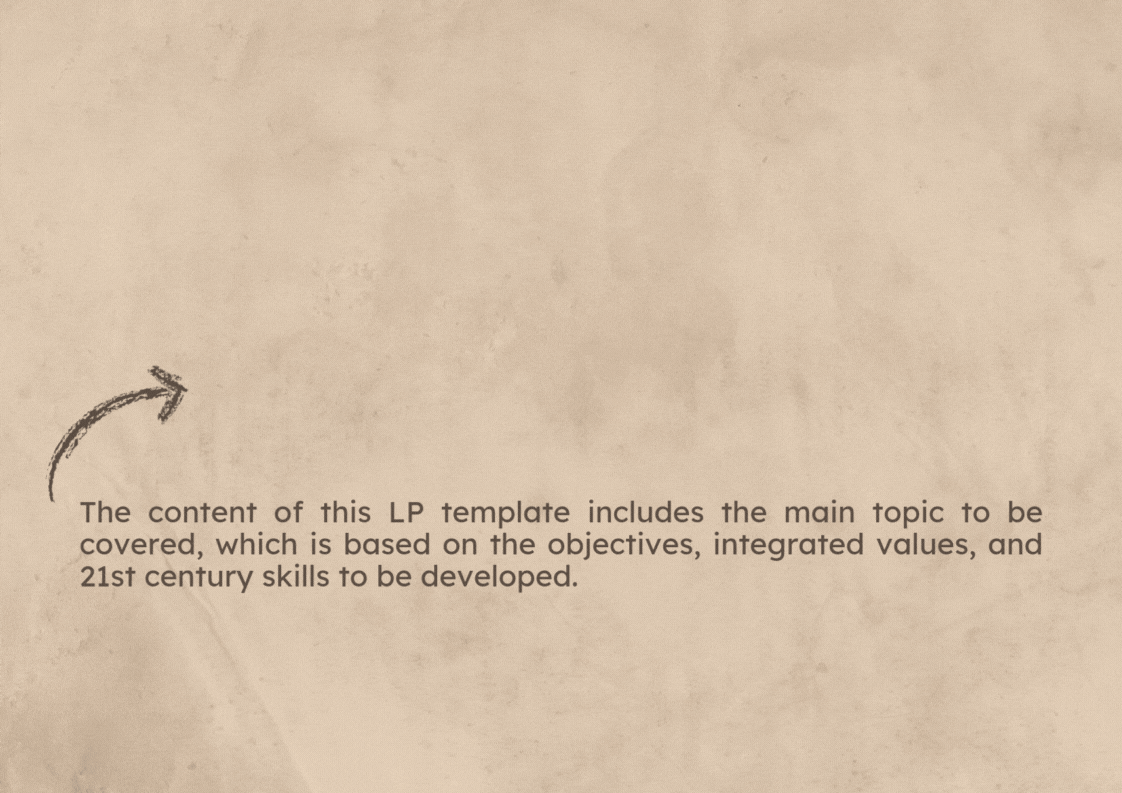

My topic is about the weather, specifically sunny, windy, rainy, and cloudy. This topic may appear to be simple for grade 6 students, but it must be taught to them because they still do not know and remember these things due to their limited use of English. The integrated values that will be developed in this plan will address basic needs because weather is something they are constantly exposed to in their daily lives, so it is essential to understand how it is referred to and felt. The next step is collaboration, as I've included group activities to help them develop this skill. The next step is to raise environmental awareness, as they must be aware of the changes in the weather caused by climate change. The next step is communication, as they will be taught how to use it in phrases.
The 21st century skills include the ability to synthesize and connect information, as well as critical thinking.

My topic is about tastes such as sweet, salty, sour, and spicy. The integrated values include collaboration and cooperation (since I also included group projects here), creativity (because there are activities that will allow them to be creative), and health and well-being (since I also planned to include whether a food is healthy or not).
The 21st century skills include the ability to think creatively, synthesize and connect information, think critically, and use information literacy.
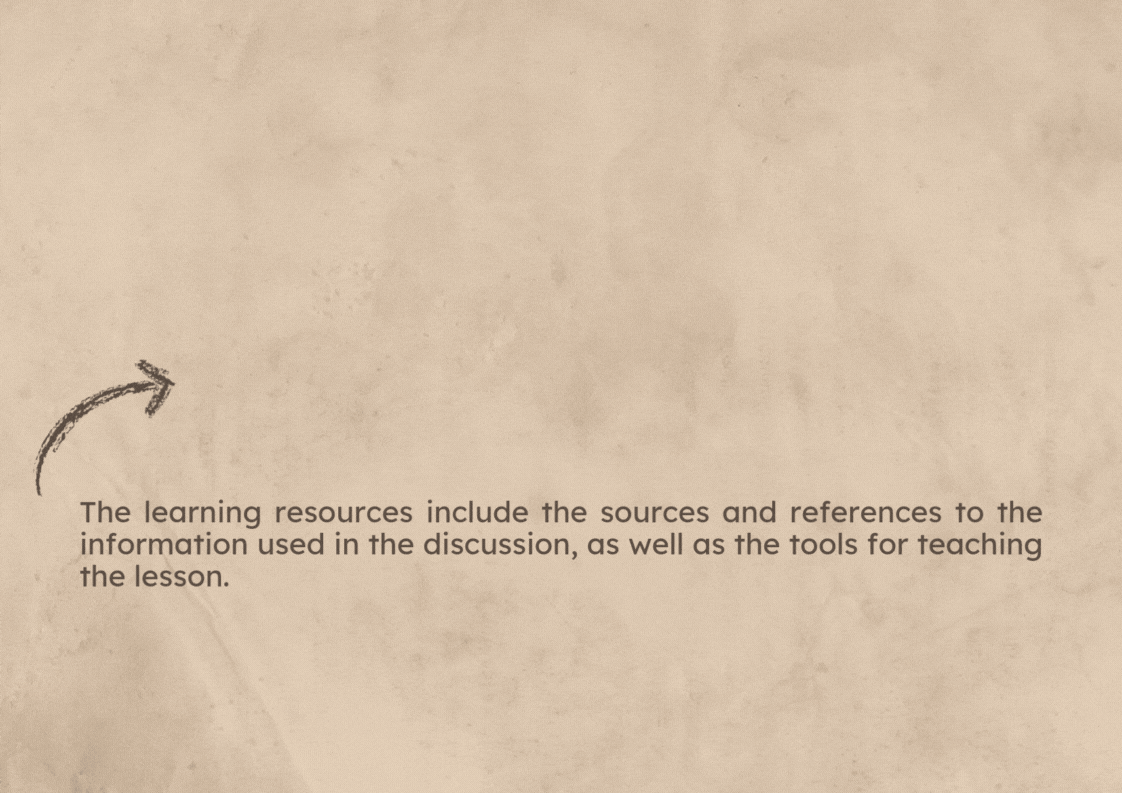


In both lesson plans, I used the student's textbook as a reference because it contains information appropriate for the learner's level. Other learning resources I intend to use in this teaching include printed materials with pictures that will help me connect with students, a laptop and television for my PowerPoint presentation, and a whiteboard where I can write and paste pictures.
The only other learning resource differences between the two lesson plans are the sensory materials on the first lesson plan, for which I planned to create an activity in which they would feel what each weather felt like using their senses, and the food on the second lesson plan, which I want them to taste while learning about tastes in order for them to better understand the topic.
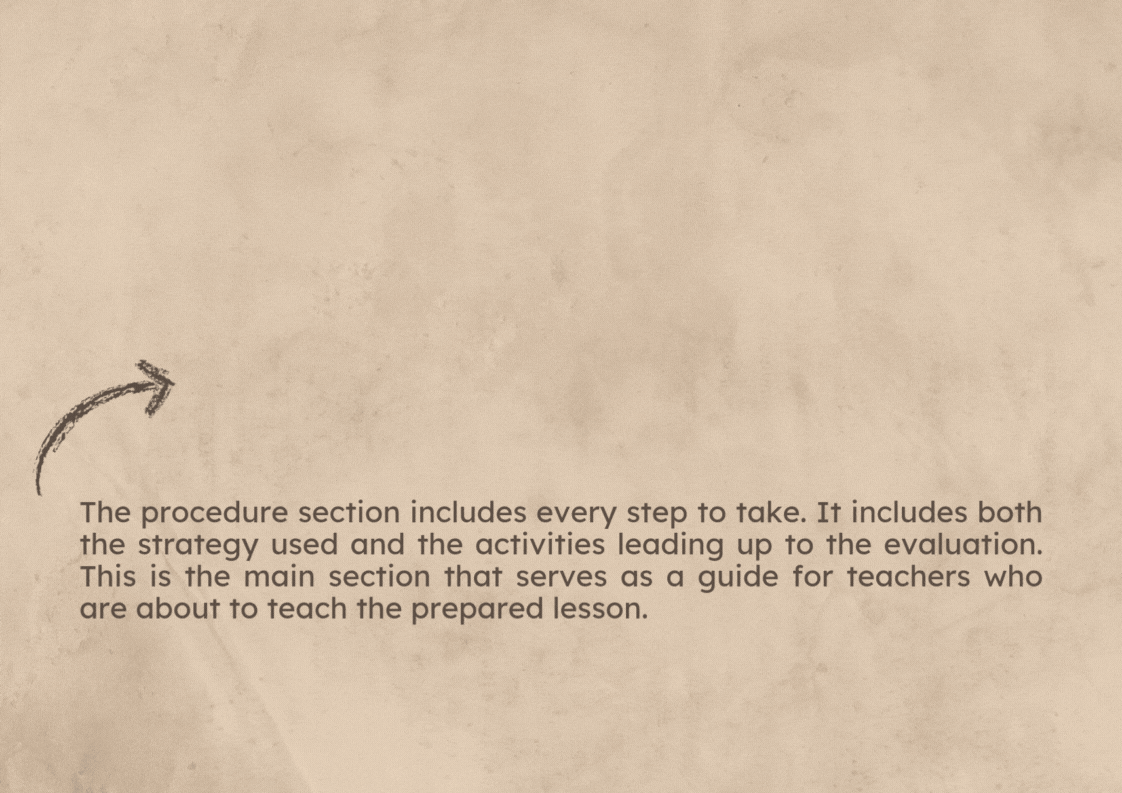

In the procedure section, I include my detailed plan, which includes activities like act it out, gallery walks, and charades (a group game). It also specifies how I will present the topic.

Matching game, guess the food, food description, taste test, and group game are among the activities I planned.
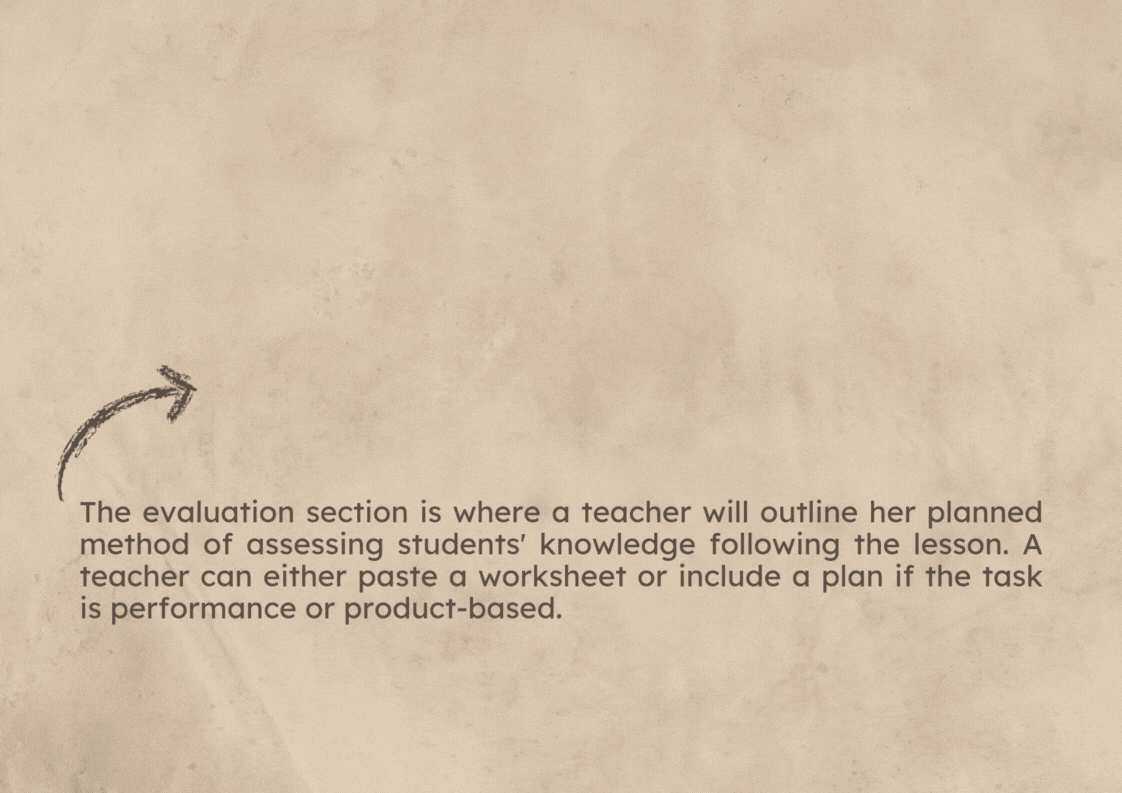


Worksheets will be used in both of my lesson plans to assess students' individual understanding of the lesson.
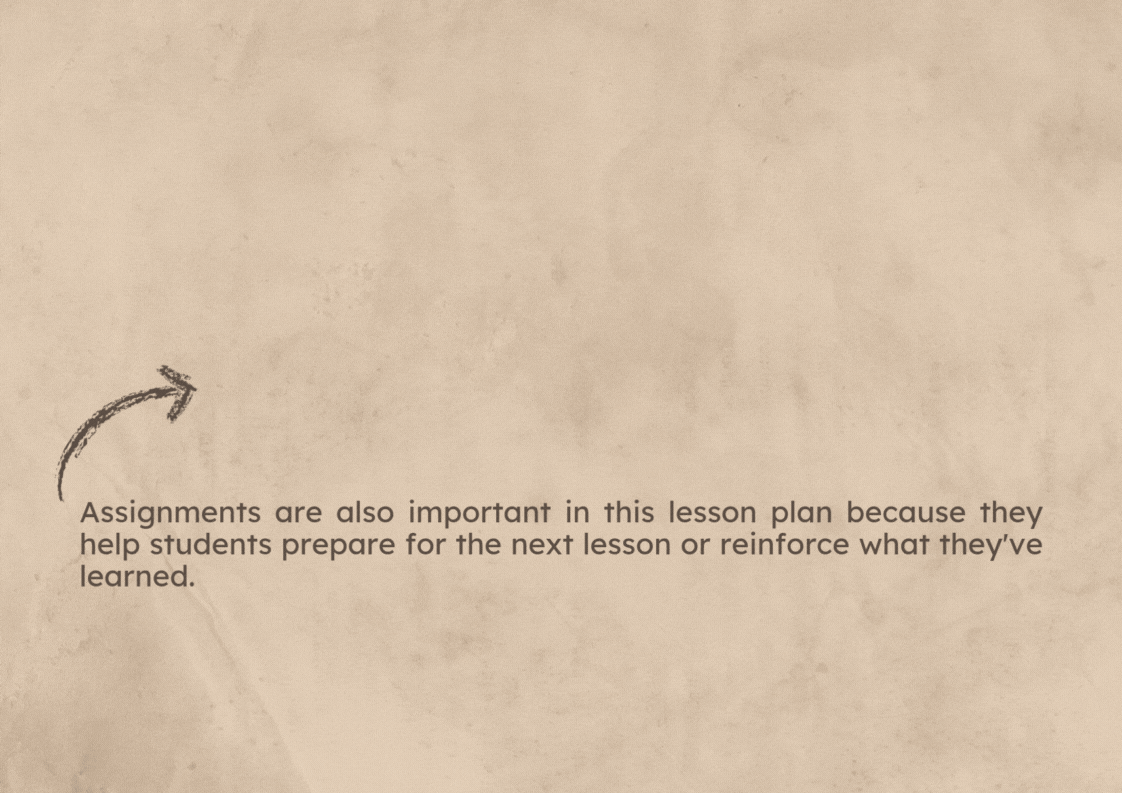

In my first lesson plan, the assignment simply allowed them to observe the weather throughout the week and list it down so that there were still applications.

In the second lesson plan, I intended to have them list the foods they would encounter at home and categorize them based on their tastes.

